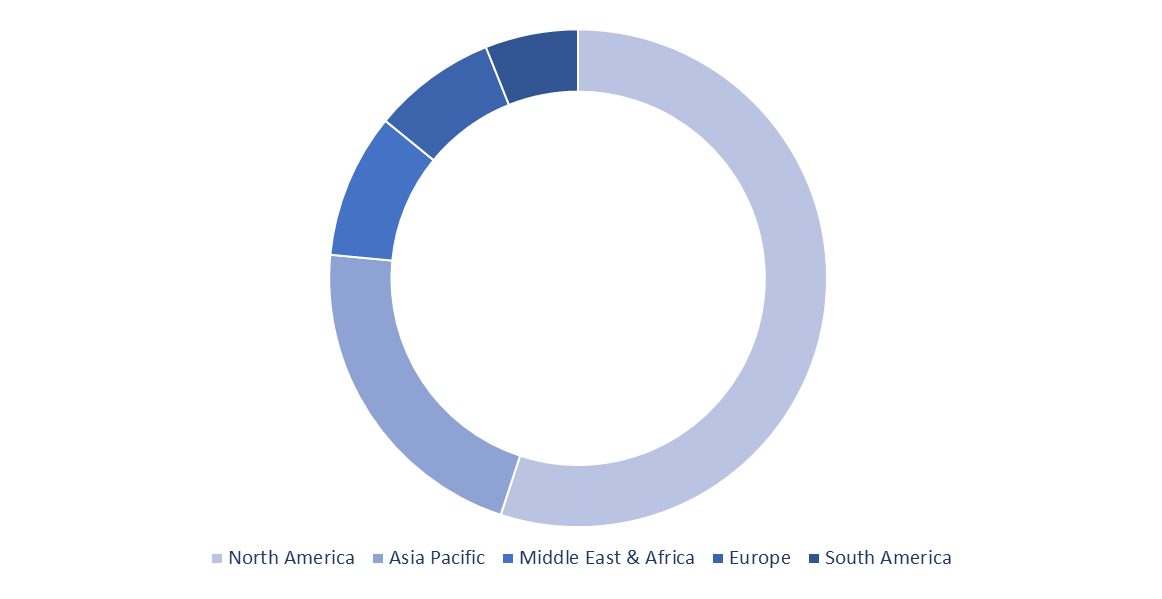The global textile colorant market size was estimated to be US$ 9 billion in 2020 and is expected to reach US$ 24 billion by 2031 at CAGR of 9.7%.
Textile colorant alludes to a natural or chemical compound that can be added or applied to a discrete form of substrates with the purpose of establishing permanent or temporary pigment or tone.
They are generally accessible as pigmented shades, colors, and in dry powder. The textile colorants are made adhering to implemented regulations for ecology conservation lately. The accentuation is on creating synthetic substances that are non-eco-hazardous, energy productive and simultaneously are financially savvy. Besides, endeavors are centered around creating multi-useful synthetic compounds during 2022-2032.
Textile industry is noted to be representing the biggest utilization of colorants, for example dye substances. New compound colorants made into a form of colored paste are getting commonly sent in the textile business. Besides, developing significance of style and pattern in the packing business is another surfacing driver fueling the development of the colorants market at present.
The textile projects presently utilize synthetic artificial colors like direct colors/dyes, color changing dyes, responsive colors, and so forth. Furthermore, the most recent improvement in thermo-chromic textile colorant has upgraded the applications of the sport and military wear textile products.
The significant textile colorants organizations have set up their latest and advanced working units in provinces including Asia Pacific, North America, and Europe. However, tough ecological regulations, ability to sustain the shading for quite a longer time even after number of washes and necessity to produce exact required certain shading are a hindrance currently faced by waterless coloring techniques, which anticipated to affect the market during the forecast period of 2022-2032.

Global Textile Colorant Market Value Share Analysis, by Geography (2022)
The report titled “Global Textile Colorant Market - Global Market Share, Trends, Analysis and Forecasts, 2023-2032”, wherein 2021 is historic period, 2022 is the base year, and 2023 to 2032 is forecast period. Additionally, the study takes into consideration the competitive landscape, wherein the report would provide company overview and market outlook for leading players in the Global Textile Colorant Market.
Furthermore, the report would reflect the key developments, global & regional sales network, business strategies, research & development activities, employee strength, and key executive, for all the major players operating in the market.
The global Textile Colorant market is segmented based on type, application, and region. Based on type, the Textile Colorant market is segmented into Acid Colorant, Alkaline Colorant, Other. Based on application type, the Textile Colorant market is segmented into Apparels, Automotive Textiles, Home Furnishing, Smart-textiles for Military & Defense, and Others. Based on geography, the Global Textile Colorant Market is segmented into North America, Europe, Asia Pacific, Middle East & Africa, and South America. North America is sub-segmented into the United States, Canada, and Rest of North America. Europe is sub-segmented into Germany, United Kingdom, Italy, France, Spain, and Rest of Europe. Asia Pacific is sub-segmented into China, Japan, India, Australia, and Rest of Asia Pacific. Middle East & Africa is sub-segmented into Saudi Arabia, UAE, South Africa, and Rest of Middle East & Africa. South America is sub-segmented into Brazil and Rest of South America.
The research provides in-depth analysis of prominent players holding majority share of the global market with a focus on all operating business segment and would identify the segment of the company focusing on Global Textile Colorant Market. Further, market share of prominent companies in the Global Textile Colorant Market would also be estimated.
The study takes into consideration the key competitive information such as business strategy, product portfolio, key development, swot analysis, and research and development focus of all the Textile Colorant companies. The Global Textile Colorant Market study would take into consideration the participants engaged throughout the supply chain and value chain of the market, along with their contribution. Product portfolio would focus on all the products under the Textile Colorant business segment of the company. Similarly, the recent development section would focus on the latest developments of company such as strategic alliances and partnerships, merger and acquisition, new product launched and geographic expansion in the Global Textile Colorant Market.
The key players of the Global Textile Colorant Market are Kiri Industries, Achitex Minerva spa,Chemipol (Kothari Group), Lonsen,Ultra Additives Munzing, Archroma, Buckman Laboratories Inc., Omnova Solutions Inc., KC Chemical (M) Sdn. Bhd, Formosa Organic Chemical Industry Co.Ltd.,.,L.N. Chemical Industries, Covestro, AkzoNobel N.V., Berkshire Hathawy/Lubrizol Corporation, Genesee Polymers Corporation, Dainichiseika Color & Chemicals Mfg. Co.Ltd., Kemira,Air Products & Chemicals Inc., Dow Chemical Company, Huntsman Corporation, Abitec Corporation,K-Tech (India) Ltd, and others.
Global Textile Colorant Market Key Segments:
Based on Type
Based on Application
By Region
The global Textile Colorant market was worth US$ 9 billion in 2020.
The global market for Textile Colorant will most likely expand at over 9.7% CAGR through 2032.
Major players operating in the global Textile Colorant market include Kiri Industries, Achitex Minerva spa,Chemipol (Kothari Group), Lonsen,Ultra Additives Munzing, Archroma, Buckman Laboratories Inc., Omnova Solutions Inc., KC Chemical (M) Sdn. Bhd.
Based on type, the Textile Colorant market is segmented into Acid Colorant and Alkaline Colorant.
Copyright © 2025 Same Page Management Consulting Pvt. Ltd. (insightSLICE) | All Rights Reserved
